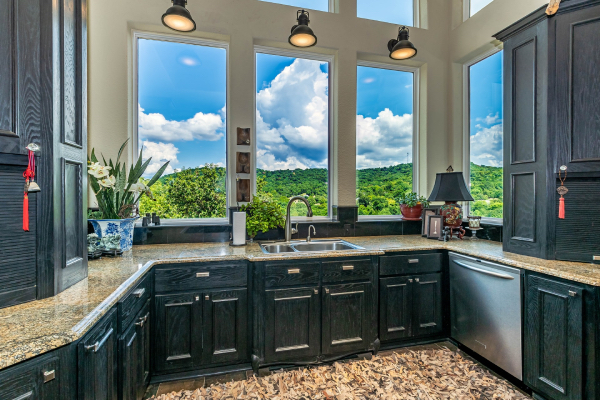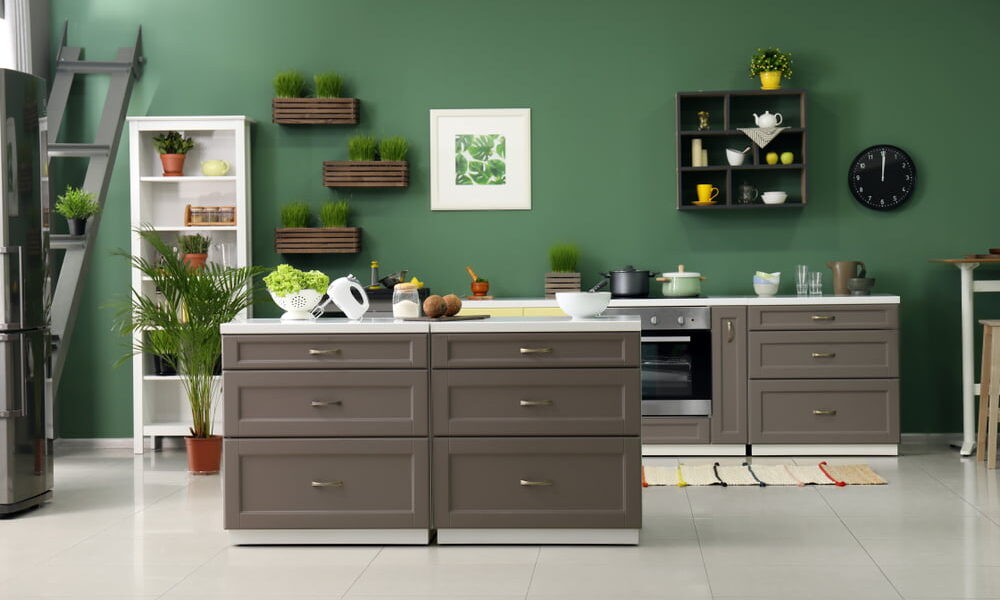As environmental awareness grows, more and more people are choosing sustainable and eco-friendly materials for their home improvement projects. When it comes to cabinets, the benefits of using eco-friendly materials are significant, and the impact can be felt in many ways.
Environmental Benefits

Using sustainable and eco-friendly materials for cabinets has a positive impact on the environment. Traditional materials such as particleboard and medium-density fiberboard (MDF) are made from wood chips and sawdust, which are glued together with formaldehyde-based adhesives. These adhesives release volatile organic compounds (VOCs) into the air, which are harmful to human health and the environment.
On the other hand, eco-friendly materials such as bamboo, reclaimed wood, and wheatboard are renewable and biodegradable. They are made without the use of formaldehyde-based adhesives, reducing the amount of VOCs released into the air. Choosing sustainable and eco-friendly materials for cabinets helps to reduce the carbon footprint of your home improvement project.
Health Benefits
Using eco-friendly materials for cabinets has health benefits for you and your family. Formaldehyde-based adhesives used in traditional materials can cause eye, nose, and throat irritation, as well as headaches and nausea. Over time, exposure to formaldehyde can lead to more serious health problems such as cancer.
Eco-friendly materials, on the other hand, do not contain formaldehyde-based adhesives and are therefore safer for your health. They also tend to have a lower VOC content, which means there is less off-gassing and a lower risk of respiratory problems.
Aesthetic Benefits

Choosing sustainable and eco-friendly materials for cabinets can also have aesthetic benefits. Many eco-friendly materials, such as bamboo and reclaimed wood, have a unique and beautiful appearance that adds character and charm to a space. Additionally, using eco-friendly materials can be a conversation starter and a way to showcase your commitment to sustainability.
Economic Benefits
Choosing sustainable and eco-friendly materials for cabinets may seem like a more expensive option upfront, but it can actually have economic benefits in the long run. Eco-friendly materials such as bamboo and reclaimed wood are durable and long-lasting, which means they do not need to be replaced as frequently as traditional materials. This can save you money on replacement costs over time.
Additionally, using eco-friendly materials can increase the value of your home. Many homebuyers are willing to pay more for homes that have sustainable and eco-friendly features, including cabinets made from eco-friendly materials.
Choosing sustainable and eco-friendly materials for cabinets has significant benefits for the environment, your health, your home’s aesthetic, and your wallet. With so many eco-friendly materials available, there is no reason not to make the switch. By choosing eco-friendly materials for your cabinets, you can make a positive impact on the world and enjoy the benefits for years to come.

